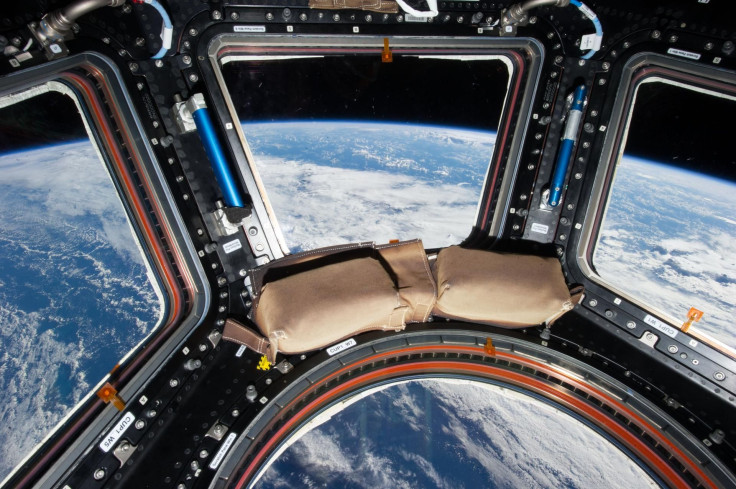Science Experiments, Astronaut Cravings On The Way To ISS

KEY POINTS
- Northrop Grumman's 13th resupply mission finally launched after last week's delay
- The resupply mission is carrying various experiments, care packages and fresh food
- The astronauts requested for three specific candies to be brought to the ISS
At 3:21 p.m. EST on Saturday, Feb. 15, Northrop Grumman’s Cygnus spacecraft finally made a successful launch days after its original launch to the International Space Station (ISS) was scrubbed minutes before liftoff due to “off nominal” data and dangerously high winds.
The spacecraft launched via an Antares 230+ rocket and, is scheduled to arrive at the ISS at 4:05 a.m. on Tuesday, Feb. 18. The approach and arrival at the ISS can be watched live via NASA’s website as well as NASA Television starting at 2:30 a.m.
Carrying about 7,500 pounds of cargo, from science experiments to astronauts’ food cravings, the Cygnus spacecraft is expected to stay at the ISS until May.
Astronaut Cravings
Apart from all important scientific investigations, gear, freeze-dried meals, and clothes, cargo resupply missions also bring family care packages as well as fresh food and some astronaut cravings.
For instance, the current resupply mission by Northrop Grumman is carrying food items such as chocolate, cheddar and manchego cheeses, fresh fruit and vegetables and three candies that the astronauts requested for: Mike and Ike’s, Hot Tamales and Skittles.
Science Experiments At The ISS
As usual, the resupply mission is carrying scientific investigations for the astronauts to work on. For this resupply mission, the scientific investigations include Mochii, OsteoOmics, and Saffire-IV.
The Mochii investigation is a demonstration of a new miniature scanning electron microscope with spectroscopy that will display real-time imaging of micro- and nanostructures at the ISS, while the OsteoOmics investigation will examine osteoblasts to determine the mechanisms that dictate astronauts’ bone loss in orbit.
As for Saffire-IV, it will examine the development and growth of fire in different materials and the environment as well as how fires spread in space. For this experiment, testing fires in different materials will make use of the Cygnus resupply vehicle after it leaves the space station.
So far, ISS astronauts are working on hundreds of investigations aboard the ISS, from biology to biotechnology and space science. Such investigations can lead to advances that can help keep astronauts healthy during missions as well as demonstrate technologies that may be used in future missions such as the Moon and Mars missions under the Artemis program.
© Copyright IBTimes 2024. All rights reserved.






















